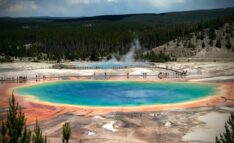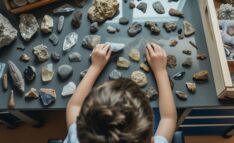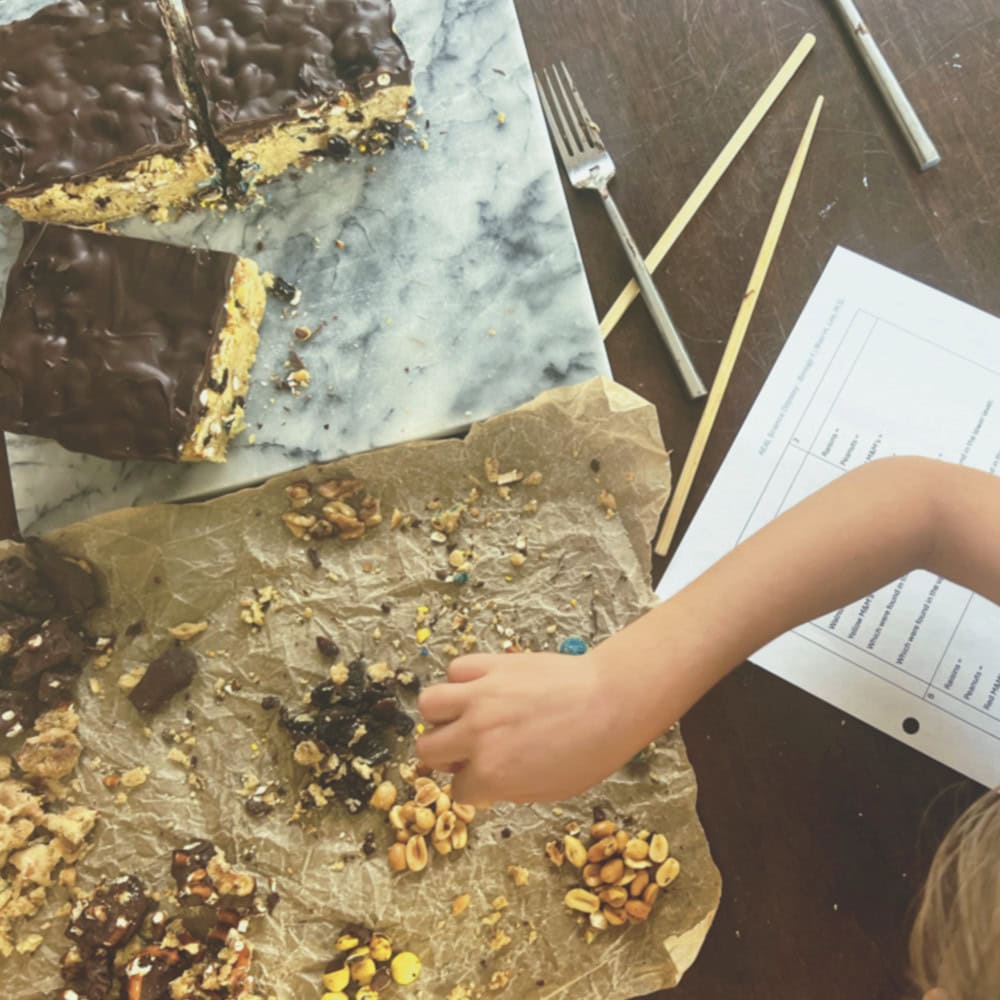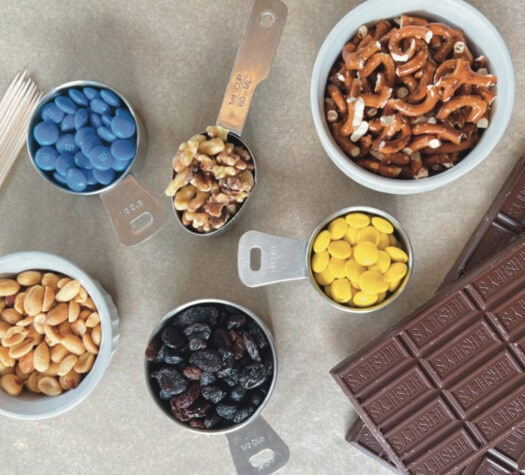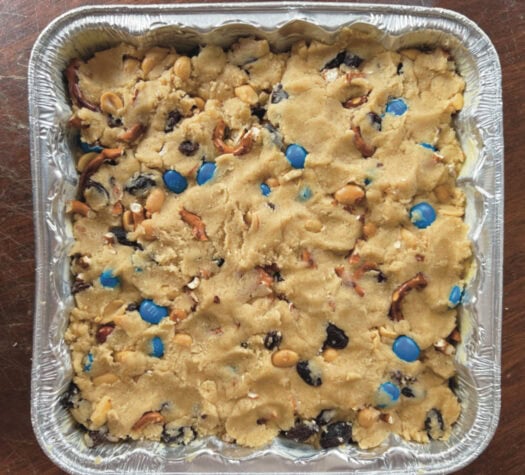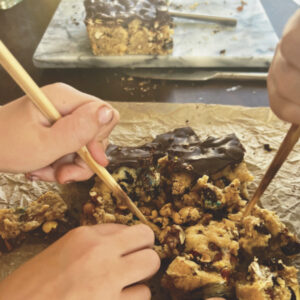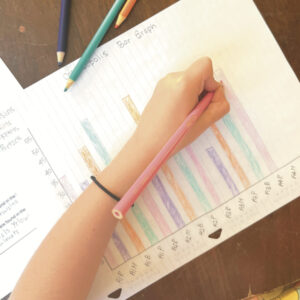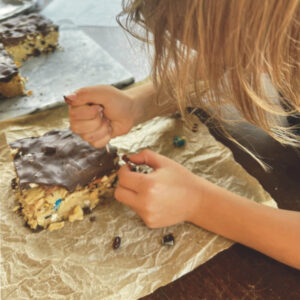Science Teaching Methods: How to Build a Mini Planetarium
Blair Lee, M.S.
Hands On Science Teaching Methods
Introducing new science teaching methods can transform the way children understand and engage with scientific concepts. One effective approach is through hands-on projects that bring the wonders of the natural world right into your home.
In this activity, we’ll show you how to create a simple, homemade star projector using everyday materials, offering an engaging way to learn about constellations and the night sky. This project encourages children to use observation and fine motor skills while exploring the stars from the comfort of their own home—perfect for homeschooling families looking to make science both fun and meaningful.
Materials
- Shoe box
- Scissors
- Cardstock
- Star chart for your latitude or optional but highly recommended a star map you made while stargazing
- Pen or pencil
- Pin
- Tape
- Flashlight
- Books
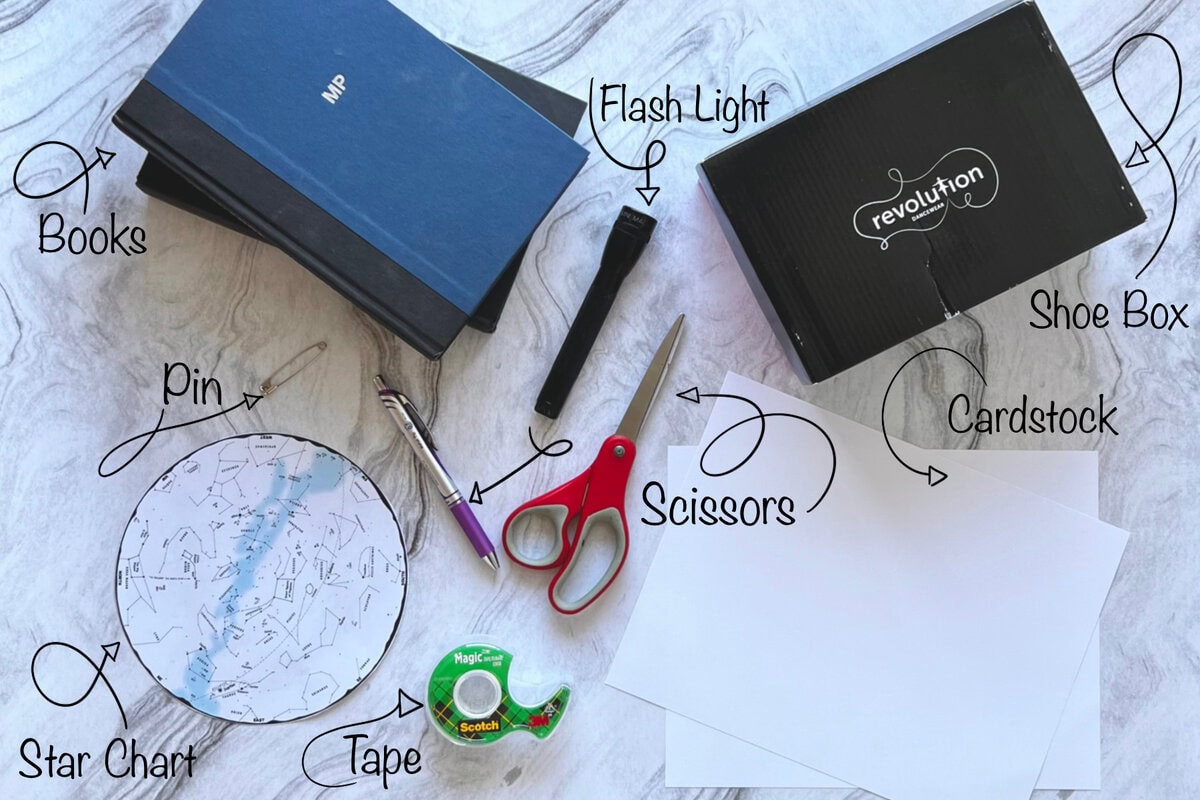
Procedure
1. Remove the lid from shoe box to work on the bottom (lidless) box. On one of the small-sided ends of the bottom box draw a circle the same circumference as the handle end of the flashlight. Cut a hole just big enough for this end of the flashlight to fit into.
2. On the opposite side of the box, cut out a rectangle that is almost that entire section. You just need a small lip to attach the paper to.
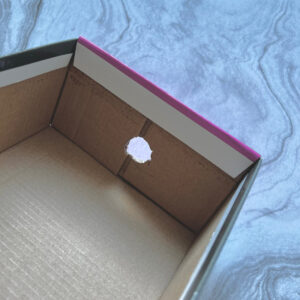
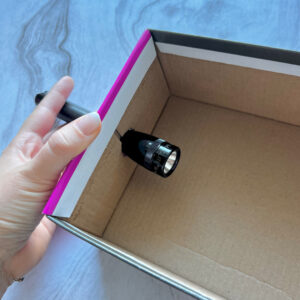
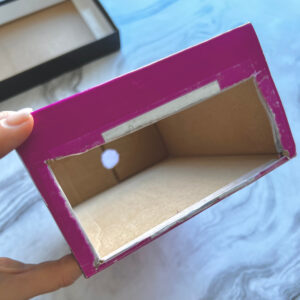
3. Using the star chart or your star map, draw dots on the card stock showing the stars in your night sky.
4. Poke holes through the dots with a pin.
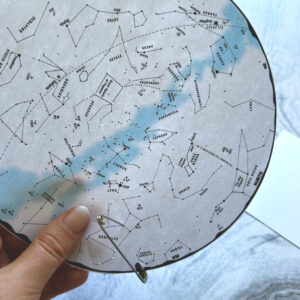
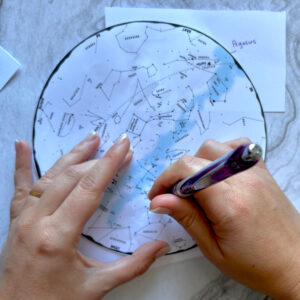

5. Put the card stock over the rectangular hole of the box, and tape it in place.
6. Slide the flashlight in from the inside of the box, so that the head of it is in the box. Make sure you can turn the flashlight on and off when the lid is on the box. Support the end of the flashlight that is outside of the box with a stack of books. Put the lid on the box.
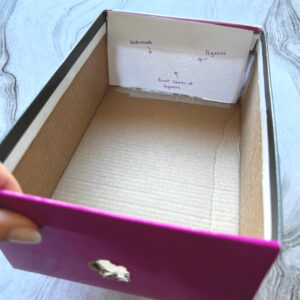

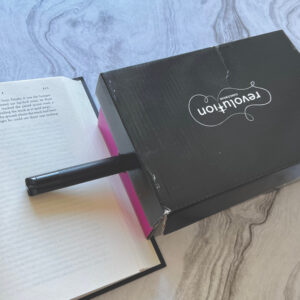
7. In a darkened room, turn on the flashlight, and project your constellation onto a wall.
8. Quiz your friends or family to see if they can identify the different constellations.
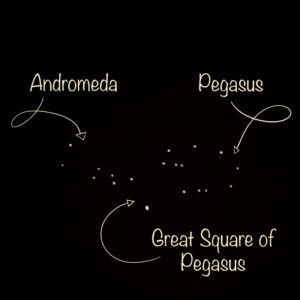
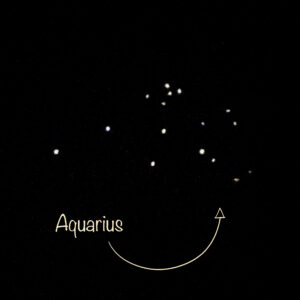

Let the Science Fun Continue!
With a few simple materials and some creativity, science teaching methods like this star projector activity can make learning an adventure right in your own home. Not only does this project spark curiosity and excitement, but it also gives children a hands-on way to connect with the night sky and deepen their understanding of astronomy. Activities like these help build critical thinking and observational skills, fostering a love for science that can last a lifetime. So, dim the lights, turn on your projector, and watch your children marvel as they explore the universe from their very own living room!
Not ready for the planetarium fun to come to an end? For those ambitious enough to want a larger and more detailed planetarium build, check out this Build Your Own Planetarium project from Space.com.
Also, be sure to check out The Stargazer’s Notebook for a more in-depth look into the the stars, planets, and celestial objects that occupy our skies.


